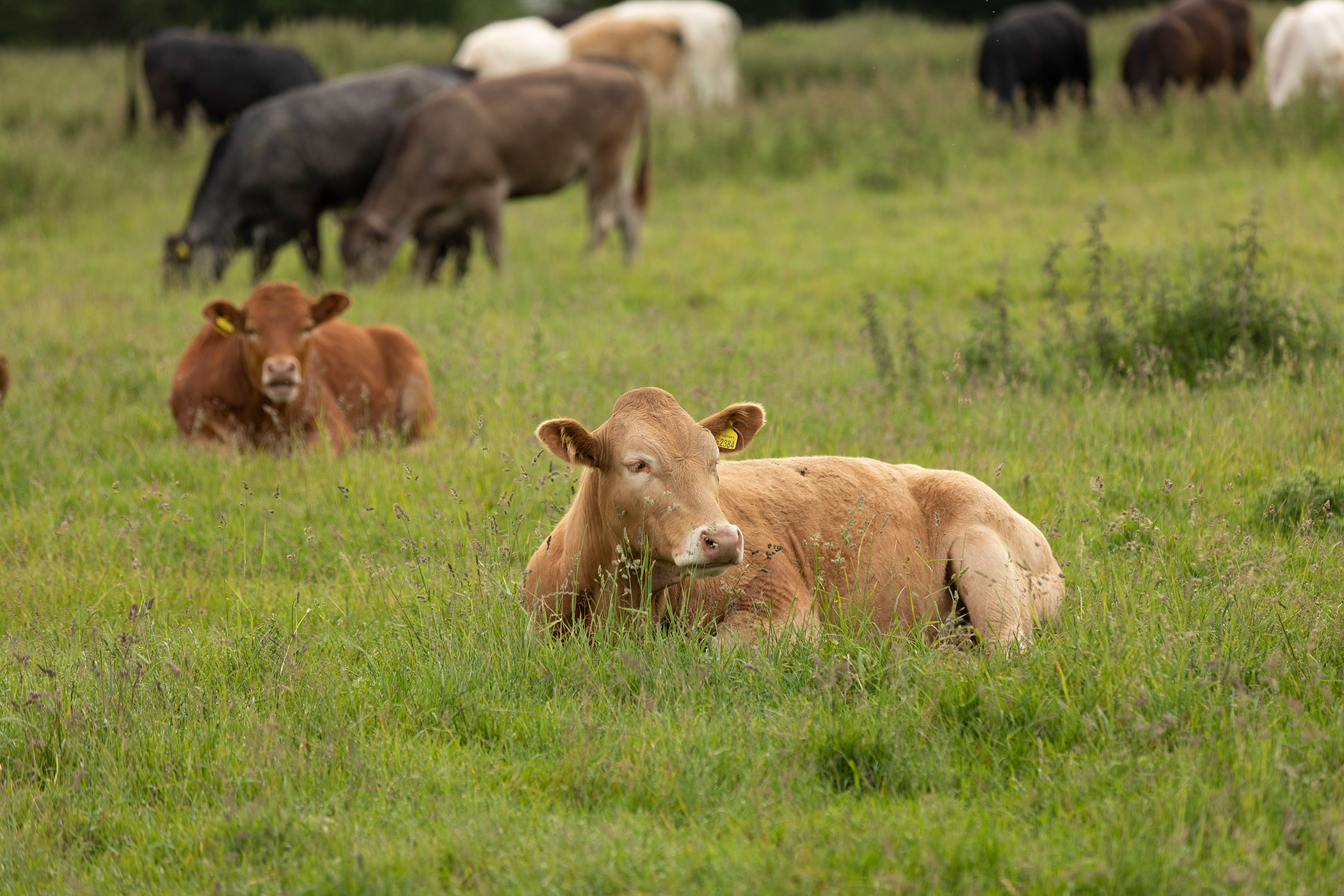The FDA CORE table has 3 new entries: outbreak of Cyclospora with 32 cases, outbreak of E. coli O121 with 15 cases, and outbreak of Salmonella Typhimurium with 8 cases. No source has been identified to any of them. The CDC reports that as of July 13, 2021, 208 laboratory-confirmed cases of cyclosporiasis in people who had no history of international travel during the 14 days before illness onset have been reported to CDC by 23 jurisdictions, including 22 states and New York City. At least 21 people have been hospitalized; no deaths have been reported. @ https://www.fda.gov/food/outbreaks-foodborne-illness/investigations-foodborne-illness-outbreaks?utm_medium=email&utm_source=govdelivery
ruth
FDA investigates outbreaks to control them, so more people do not get sick in the outbreak, and to learn how to prevent similar outbreaks from happening in the future.
ruth
The FDA claims to have made significant progress in the year since the introduction of the “News era of smarter food safety blueprint. The New Era blueprint, Modernization Action Plan (DMAP), and Resiliency Roadmap are components of a one-FDA approach to protecting consumers and the public health. A step toward the goal was accomplished when, in September 2020, the FDA published the FSMA-mandated Proposed Food Traceability Rule and a proposed list of foods for which the rule’s additional recordkeeping requirements would apply. The final version of the rule will be issued in late 2022. In June, the FDA launched the New Era of Smarter Food Safety Low or No-Cost Tech-Enabled Traceability Challenge. The FDA created a new data analysis tool called 21 forward to help identify where there could be disruptions in food supply continuity due to food worker absences because of the pandemic. The DMAP and the New Era blueprint and artificial intelligence (AI) are used to predict which shipments of imported foods pose the most significant risk of violation and use that information to better target import review resources. @ https://www.fda.gov/news-events/fda-voices/one-year-later-new-era-smarter-food-safety-blueprint-makes-inroads-fdas-public-health-mission?utm_medium=email&utm_source=govdelivery
During the past 12 months we’ve made significant progress in working toward the goals outlined in the blueprint, even in the midst of a pandemic.
ruth
The Canadian Food Inspection Agency (CFIA) reported that UnjhaSpice Inc. recalls UnjhaSpice brand Cumin Powder from the marketplace due to possible Salmonella contamination. The product was sold in Ontario. The recalled product is UnjhaSpice Cumin Powder that is packaged in 454-gram clear plastic bags. There have been no reported illnesses associated with the consumption of this product.@ https://healthycanadians.gc.ca/recall-alert-rappel-avis/inspection/2021/76011r-eng.php
UnjhaSpice Inc. is recalling UnjhaSpice brand Cumin Powder from the marketplace due to possible Salmonella contamination.
ruth
An article entitled “Antimicrobial Resistance Hidden within Multiserovar Salmonella Populations“published in Antimicrobial Agents and Chemotherapy (Antimicrob Agents Chemother, 2021 May 18;65(6)), shows that there may be more antimicrobial-resistant Salmonella in cattle than previously thought. The research found that traditional culturing methods used to test livestock for pathogens often miss drug-resistant strains of Salmonella. Their data showed that 60% of cattle fecal samples contained multiple strains of Salmonella that traditional testing methods missed. Additionally, many samples tested positive for a drug-resistant Salmonella Reading. The Salmonella population changed after treatment with antibiotics, allowing S. reading to thrive. The data suggest that traditional tests have underestimated the amount of antibiotic-resistant bacteria. The use of CRISPR-SeroSeq flagged the Salmonella Reading regardless of antibiotic treatment. Using CRISPR-SeroSeq can help estimate the numbers of antibiotic-resistant Salmonella. @ https://news.uga.edu/antibiotic-resistant-bacteria-found-in-cows/
Harmful bacteria are hiding in livestock. Traditional methods of detecting and tracking antibiotic-resistant germs aren’t detecting them.




